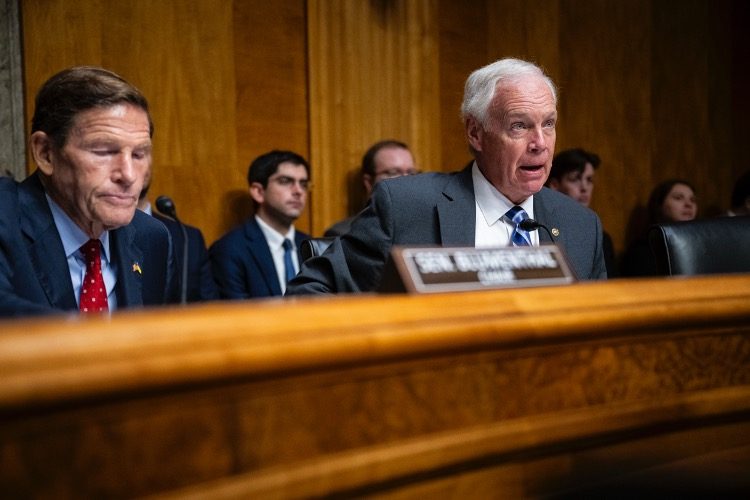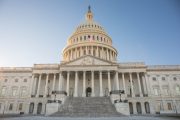
The most glaring parts of a Senate report released Wednesday are not the details of the security failure that almost resulted in Donald Trump’s death on July 13 in Butler, Pennsylvania, but that a number of three-letter federal agencies are refusing to cooperate with a congressional investigation into the incident.
The Senate Homeland Security and Governmental Affairs Committee, led by U.S. Senators Gary Peters (D-Mich.), Rand Paul (R-Ky.), Richard Blumenthal (D-Conn.), and Ron Johnson (R-Wis.), also concluded that “failures in planning, communications, security, and allocation of resources for the July 13, 2024 Butler rally were foreseeable, preventable, and directly related to the events resulting in the assassination attempt that day.”
The report listed a number of findings that paint a dismal picture of what is supposed to be an elite security agency. Here are a few of them:
Shortly before shots were fired, a U.S. Secret Service (USSS) countersniper saw local law enforcement running toward the AGR building, where the shooter was posted, with their guns drawn. But he didn’t alert Trump’s protective detail to remove Trump from the stage. The countersniper told investigators that although seeing officers with their guns drawn “elevated” the threat level, it didn’t occur to him to notify someone to get Trump off the stage.
Several USSS agents responsible for planning security for the rally gave contradictory or incomplete information. Some even contradicted what state and local law-enforcement officials said. USSS agents responsible for planning the rally also denied they were individually responsible for planning or security failures and deflected blame.
According to the report, local law enforcement raised concerns about not having the manpower to cover the AGR building, but USSS said the locals were responsible for covering that building because it was in the outer perimeter.
Investigators found that there were two separate communications centers, one run by USSS and another by the locals. The locals’ communications were recorded, but, oddly, those by USSS were not.
USSS agents experienced technical problems with their equipment. The USSS agent responsible for operating a surveillance drone had tech issues and spent hours on the phone with tech support the day of the rally, until 4:33 pm (the shooter fired at Trump at 6:11 pm). The report notes that the drone operator only had three months’ experience. Also, several USSS officials reported said they had technical problems with their radios at the rally, adding that such problems have been common.
USSS had credible intelligence of a threat before the event and sent countersnipers to the rally in response. This was the first time a sniper team was assigned to a protectee other than the president, vice president, or a candidate who had been officially nominated (Trump wasn’t officially nominated at the time). The USSS lead agent told Senate investigators that Trump’s detail asked for Counter Assault Team liaisons to help coordinate tactical assets before the rally, but their request was denied. The USSS Site Agent and the Site Counterpart told the Committee that a Counter Surveillance Unit would have been helpful, but that is typically not provided for a former president.
According to the report, “key requests to FBI, DHS, ATF and USSS remain outstanding. The majority of documents provided by the USSS and DHS are heavily redacted. This has unnecessarily hindered the Committee’s ability to carry out its constitutional authority to investigate and acquire information necessary to identify needed reforms. These overly burdensome redactions, including of communications related to the same individuals who the Committee interviewed, only served to delay the Committee’s ability to conduct these interviews and carry out its investigation efficiently and effectively.”
Senator Johnson commented on this to Fox’s Mario Bartiromo:



